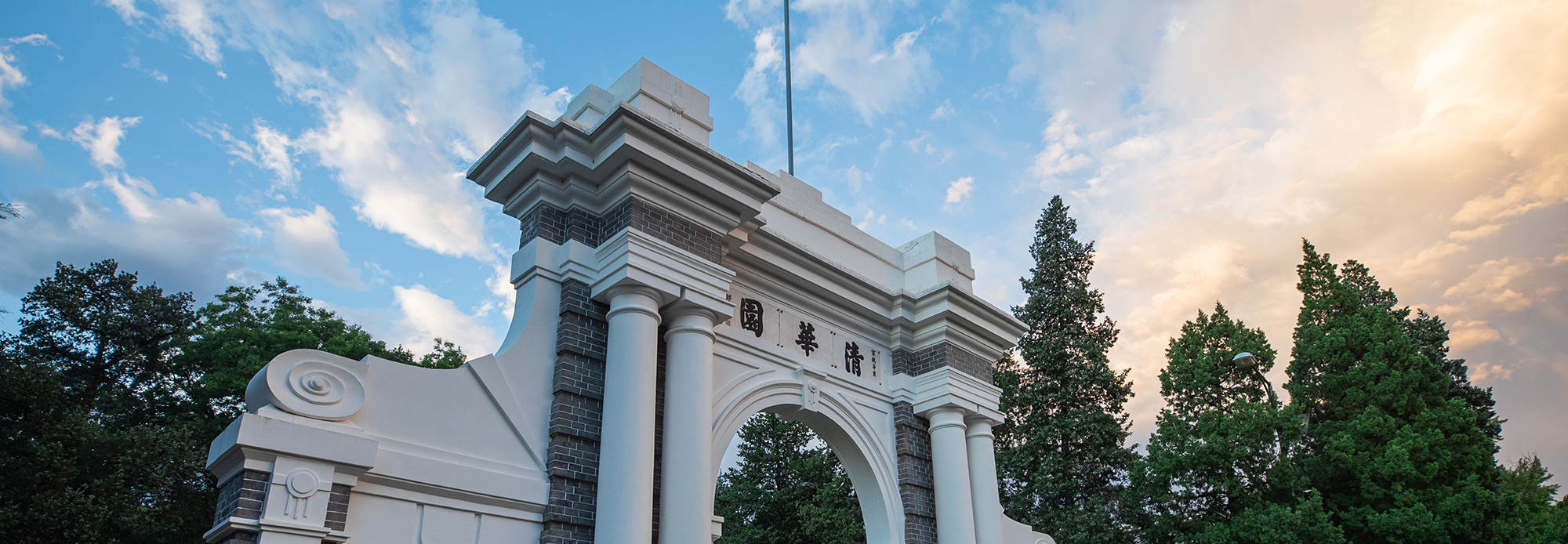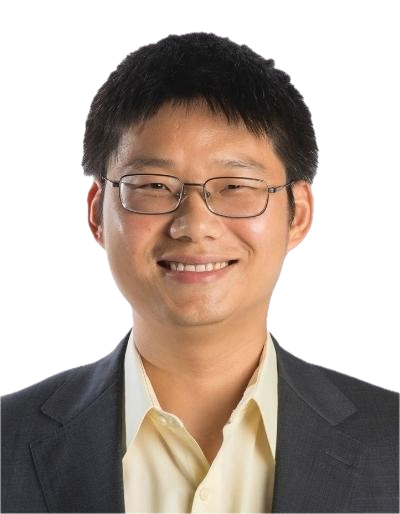Mechano-X Institute, Applied Mechanics Laboratory,
Department of Engineering Mechanics, Tsinghua University
Beijing 100084, China
Email: yu-jing@mail.tsinghua.edu.cn
EDUCATION
2007/09-2012/12 Ph.D. in Chemical Engineering
University of California, Santa Barbara
2003/09-2007/07 B.S. in Chemical Engineering
Tsinghua University, China
SCIENTIFIC WORK EXPERIENCE
2024/11-Present Associate Professor
Tsinghua University, China
2017/08-2024/11 Assistant Professor
Nanyang Technological University, Singapore
2014/04-2017/07 Postdoc
University of Chicago/Argonne National Laboratory
2013/05-2014/04 Postdoc
California Institute of Technology
RESEARCH INTERESTS
- Self-assembly of soft materials
- Bio-inspired materials
- Intermolecular and surface interactions
- Flexible electronics
2024 Changjiang Scholar
2019 Nanyang Assistant Professorship, NTU
2019 Singapore National Research Foundation Fellowship, Class of 2019
2013 Springer Thesis Award (UCSB)
SUMMARY OF ACADEMIC ACHIEVEMENT
Publications: over 80 papers in top-tier journals such as Science, Nature Nanotechnology, Nature chemical biology, Nature Communications, Journal of the American Chemical Society, etc., as well as important journals in the field of biomaterials science. The journal papers have been cited > 6900 times (H index=36) (Google Scholar, April 2025).
LIST OF REPRESENTATIVE PUBLICATIONS
Research Papers (* as the corresponding authors)
15. Yusai Zhou, Rong Chang, Zhenyue Yang, Qi Guo, Mengyao Wang, Bo Jia, Bo Li, Bodan Deng, Yubin Ren, Huaxia Zhu, Xinyan Wang, Qinrui Wang, Han Wen, Hongjie Zhang, Jing Yu*, Yong-Xiang Chen*, and Kai Liu*. Dynamic peptide nanoframework-guided protein coassembly: advancing adhesion performance with hierarchical structure. Journal of the American Chemical Society, 2025, 147(3), 2335-2349.
14. Jiazheng Lao, Yang Jiao, Yingchao Zhang, Hanyan Xu, Yutong Wang, Yinji Ma*, Xue Feng*, and Jing Yu*. Intrinsically adhesive and conductive hydrogel bridging the bioelectronic-tissue interface for biopotentials recording. ACS Nano, 2025, 19(8), 7755-7766.
13. Georgina E. K. K. Seah, Zhi Yuan Lee, Ai Wei Gan, Xin Jiang, Sirin Kamarulzaman, Jing Yu*, and Shermin S. Goh*. Covalent adaptable networks for sustainable soft electronic sensors and actuators. Advanced Functional Materials, n/a(n/a): 2421060.
12. Xiaoxiang Wen, Jinxia Zhang, Jianing Li, Yue Li, Yuchen Shi, Xuegang Lu*, Sen Yang*, and Jing Yu*. Bio-inspired cholesteric phase cellulose composite with thermochromic and circularly polarized structural color for multilevel encryption. Advanced Functional Materials, 2024, 34(2), 2308973.
11. Yue Sun, Xi Wu, Jianguo Li, Milad Radiom, Raffaele Mezzenga, Chandra Shekhar Verma, Jing Yu, and Ali Miserez*. Phase-separating peptide coacervates with programmable material properties for universal intracellular delivery of macromolecules. Nature Communications, 2024, 15(1), 10094.
10. Haopeng Li, Xuliang Qian, Harini Mohanram, Xiao Han, Huitang Qi, Guijin Zou, Fenghou Yuan, Ali Miserez, Tian Liu*, Qing Yang*, Huajian Gao*, and Jing Yu*. Self-assembly of peptide nanocapsules by a solvent concentration gradient. Nature Nanotechnology, 2024, 19(8), 1141-1149.
9. Ali Miserez*, Jing Yu*, and Pezhman Mohammadi*. Protein-based biological materials: Molecular design and artificial production. Chemical Reviews, 2023, 123(5), 2049-2111.
8. Lei Ge†, Hanyan Xu†, Xin Jiang, and Jing Yu*. Oligopeptide self-assembly: mechanisms, stimuli-responsiveness, and biomedical applications. CCS Chemistry, 2023, 6(1), 69-90.
7. Yingchao Zhang, Yurong Tan, Jiazheng Lao, Huajian Gao, and Jing Yu*. Hydrogels for flexible electronics. ACS Nano, 2023, 17(11), 9681-93.
6. Qi Guo, Guijin Zou, Xuliang Qian, Shujun Chen, Huajian Gao*, and Jing Yu*. Hydrogen-bonds mediate liquid-liquid phase separation of mussel derived adhesive peptides. Nature Communications, 2022, 13(1), 5771.
5. Kanagavel Deepankumar, Qi Guo, Harini Mohanram, Jessica Lim, Yuguang Mu, Konstantin Pervushin, Jing Yu*, and Ali Miserez*. Liquid-liquid phase separation of the green mussel adhesive protein pvfp-5 is regulated by the post-translated dopa amino acid. Advanced Materials, 2022, 34(25), 2103828.
4. Shujun Chen, Qi Guo, and Jing Yu*. Bio-inspired functional coacervates. Aggregate, 2022, 3(6), e293.
3. Fanfan Fu, Jilei Wang, Hongbo Zeng*, and Jing Yu*. Functional conductive hydrogels for bioelectronics. ACS Materials Letters, 2020, 2(10), 1287-1301.
2. J. Yu†, N. E. Jackson†, X. Xu, Y. Morgenstern, Y. Kaufman, M. Ruths, J. J. de Pablo*, and M. Tirrell*. Multivalent counterions diminish the lubricity of polyelectrolyte brushes. Science, 2018, 360(6396), 1434-1438.
1. Jing Yu†, Nicholas E. Jackson†, Xin Xu, Blair K. Brettmann*, Marina Ruths, Juan J. de Pablo, and Matthew Tirrell. Multivalent ions induce lateral structural inhomogeneities in polyelectrolyte brushes. Science Advances, 2017, 3(12), eaao1497.
Books and Book Chapters
1. Yu J. (2014). Adhesive Interactions of Mussel Foot Proteins (Springer Theses). Springer. 2014. ISBN-10: 3319060309 | ISBN-13: 978-3319060309.
2. Greene G.W., Lee D., Yu J., Das S., Banquy X., and Israelachvili J.N. (2013). Lubrication and Wear Protection of Natural (Bio) Systems. In: Zeng H. (eds) Polymer Adhesion, Friction, and Lubrication, John Wiley & Sons. 2013. ISBN: 978-0-470-91627-8.




